Today is the 35th Death Anniversary of one of the most colorful personalities of Dravidian Movement, MGR.
MGR, born in Kandy, Sri Lanka, on 17 January 1917 as the fifth and the last child of Sathyabama and Gopala Menon, faced extreme poverty after losing his father before he was three. He lost two of his sisters and a brother to poverty, something he often mentioned to identify himself with the common man.
MGR came to Tamil Nadu… along with his widowed mother Satyabhama and elder brother Chakrapani.
He was enrolled into a boys company, training ground for theatre artists.
Soon he graduated into a film actor albeit doing minor roles in Tamil films.
He got his break as a leading actor in Sathileelavathi a film which was released in the year.
But still he was struggling to make his mark in the field.
A chance meeting with a firebrand writer Karunanidhi changed his life forever.
Karuna penned rebellious dialogues in films like Raja kumari Abhimanyu and Mandiri kumari..that catapulted MGRs fame to a certain extent. MGR who was a Congress sympathizer, was given a copy of the book Garden of Currency by CNAnnadurai the leader of Dravidia Munnetra Kazhakam DMK.
The book, which MGR read umpteen times… overturned his ideology. MGR became a DMK member in 1952 and became one of torchbearers of the party. He was drawn by CNAs magnetism immensely.
He soon became the face of Dravidian ideology on screen.
He also campaigned for DMK which took part in the assembly elections of 1957.
He ceaselessly professed party ideology on and off the screen.
CNA called him the fruit of his heart.
He became a crowd puller for the party.
With Karunanidhi and other DMK writers elevating MGR to the status of demi god on screen, he became a huge superstar.
The loyal Tamil crowds followed him everywhere—when he was hospitalized after being shot by his co-actor M.R. Radha in 1967and again when he suffered a paralytic stroke in October 1984.
The DMK came to power defeating Congress in 1967.
CNA, the chief minister died two years later in 1969.
MGR forced his friend Karunanidhi to the take the mantle of leadership. A hesitant Karunanidhi became Chief minister of Tamil Nadu in 1969.
Later differences cropped up between the two friends and they parted ways in 1972.
MGR split from DMK and formed the Anna Dravida Munnetra Kazhagam (ADMK, which later became the All India ADMK).
Later he was elected as CM of TN for three consequetive terms in 1977,1980 and 1984.
Of the 133 Tamil films MGR acted in from 1936 to 1978, nearly one fourth spoke about the Dravidian ideology.
MGR also epitomized the proletariat by playing the role of a fisherman, peasant, rickshaw-puller, etc.—a consciously constructed image that aided the Dravidian movement and later swelled up into idolatry as MGR became the ithaya deivam (lord of the hearts) of the Tamil masses.
MGR became the symbol that captured the imagination of the subalterns.
Although a Malayali by birth MGR loved Tamil language and conducted World Tamil Conference in Madurai in the year
It was he who laid the foundation stone for the 133 feet Thiruvalluvar Statue in 1989.
MGR changed the Tamil Script by adopting Periyars improvised technique of Tamil letters.
MGR built a separate university for Tamil Studies in Tanjore.
He unveiled Tamil Mother’s Statue in Madurai.
He revamped and reintroduced The Noon Meal Scheme of Erstwhile Justice Party.
And when the Noon Meal scheme was questioned by Centre MGR went to Delhi to meet Planning Commission chief Dr. Manmohan Singh.
Thats precisely When MGR gave the Centre a ‘freebie’ lesson.
While ‘freebie’ is used to describe the food, the fans or the mixies poor people get, it is never used to describe the tax deductions, exemptions, and waivers the rich enjoy.
It is quintessence of Dravidian ideology, empowering the poor by giving them certain goods and services free of cost.
This is the ideology Dravidian films propagated in films for which the masses continue to elect them election after election.
In 1985, when MGR went to Delhi to meet Manmohan Singh, the mid-day meal scheme was seen as a waste of resources, and the Planning Commission had refused to allocate resources for it. MGR nonetheless persisted because he as a mass leader knew the needs of the people and was only interested in finding out how he could find resources to meet those needs effectively.
Five minutes into the meeting at the Planning Commission, as coffee was being served, Manmohan Singh asked MGR and his bureaucrats how the expenditure on the mid-day meal scheme was going. MGR pushed away the coffee cup without taking a sip, stood up without a word, and walked out of the meeting. His bureaucrats, stunned by the gesture, followed a moment later. Manmohan Singh, ever the genial man, could not for the life understand how he had upset MGR.
When MGR stood up in that meeting with Manmohan Singh, he was not just standing up for himself or for Tamil Nadu. He stood up for the electorate’s right to choose their politicians and the elected politicians’ power to choose how to respond to the demands of the electorate. He stood up for the federal principle that states are supreme in the areas allotted to them by the Constitution.
Ten years after this meeting, the Union government saw the wisdom in MGR’s policy and rolled out a nation-wide mid-day meal programme for schoolchildren. In 2013, one of the last acts of the Manmohan Singh-led UPA government was to enshrine the mid-day meal scheme in the National Food Security Act.
Many in the north may not be aware of the fact that most of the welfare schemes of the Union Governments since 1967 are just blatant copies of the schemes of Dravidian Parties of Tamil Nadu, whether it is food security bill or ayushman bharat. Karunanidhi and MGR will always be remembered as the Chief Ministers who stood up for the rights of States and schemes that empowered poor, marginalized and women.
Written by Rebel Ravi
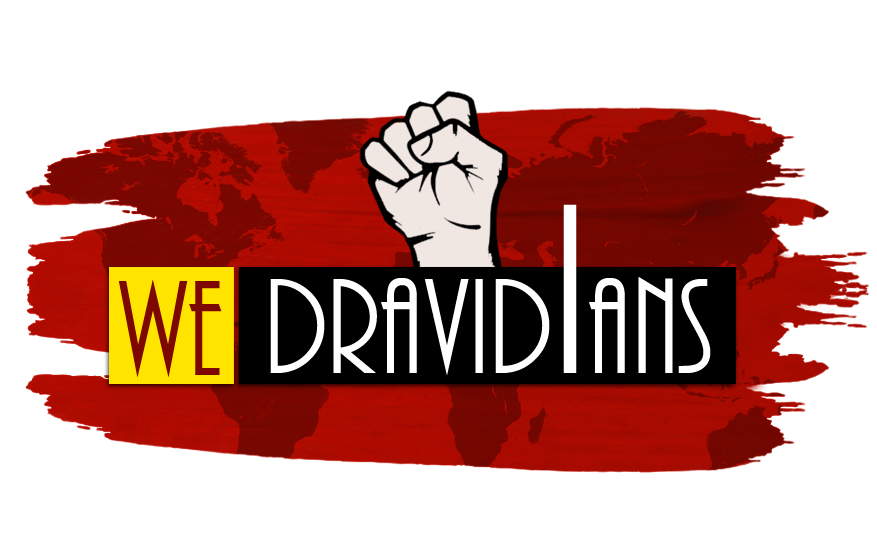

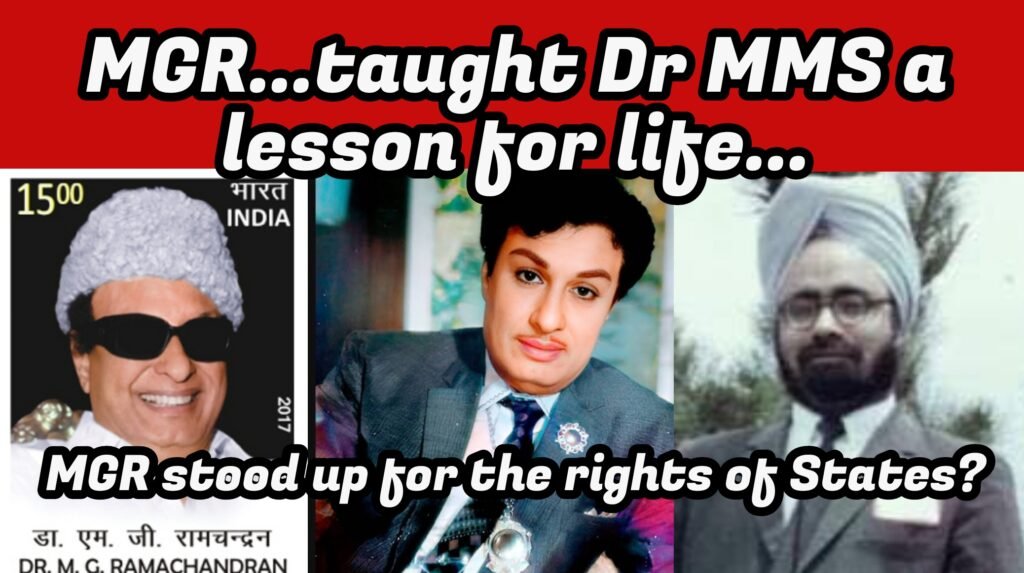
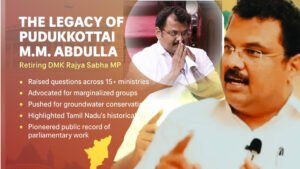
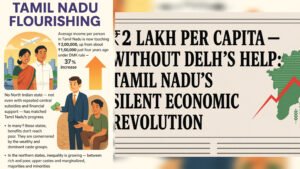

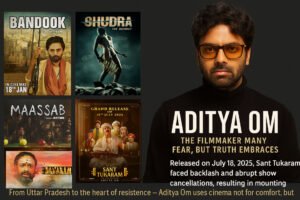
More Stories
From Pudukkottai to Parliament: M.M. Abdulla’s Voice for the Voiceless
Sivaji came to Tamil Nadu to kill his brother & Loot the wealth of Tamil Nadu?
Aditya Om — The Filmmaker Many Fear, But Truth Embraces